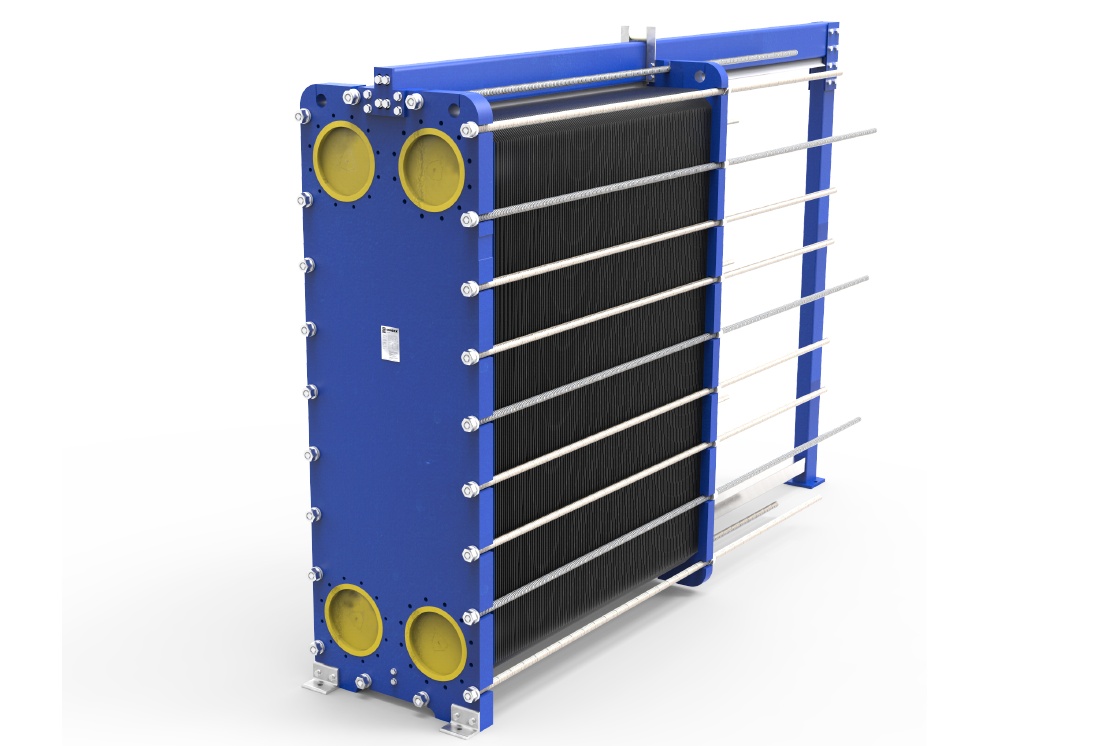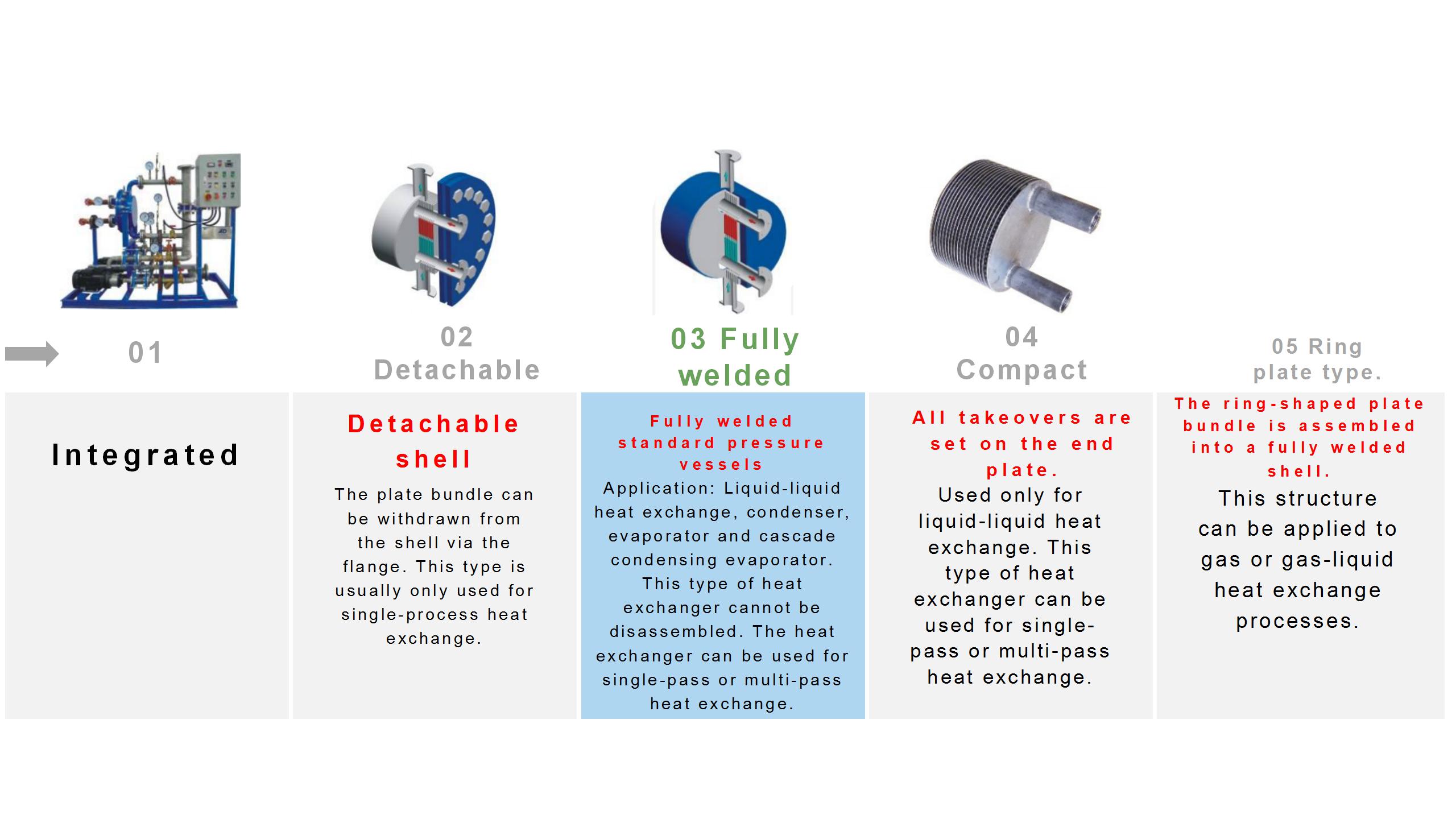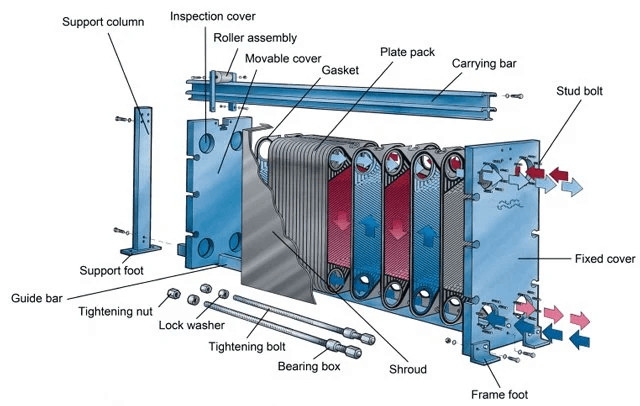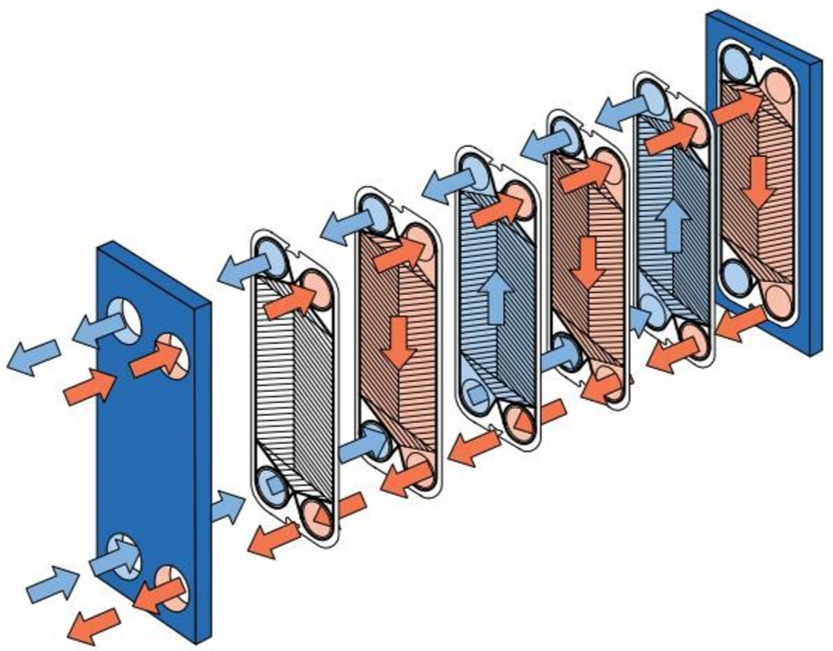Advantages and Disadvantages of Plate Heat Exchanger
The double pipe heat exchanger is one of the easiest designs to fabricate add on to and repair thanks to its simple design. In simple words if you want to buy an exchanger to transfer heat in a large surface area you will need to pay a high price for such a heat exchanger.

Advantages And Disadvantages Of A Plate Heat Exchanger Stoll
The coolant is enabled either by adding heat to cold oil or draw heat from excessive hot oil.

. A steam condenser is a mechanical device employed to condense exhaust steam of the turbine into the water. There are numerous advantages associated with plate heat exchangers. This type of media has better skills because it includes both auditive listening and visual seeing media types.
As a waterwater exchanger ie. Types of Double Pipe Heat Exchangers. The double pipe heat.
In either case flat plate construction is the simplest and most compact. In these types of oil coolers the coolant passes through a heat exchanger element of some parts. A plate heat exchanger is a compact type of heat exchanger that uses a series of thin plates to transfer heat between two fluids.
This improves the effectiveness of. Plate Heat Exchanger Advantages. Because each of the plates has a very large surface area the plates provide each of the fluids with an extremely large heat transfer area.
Is a small radiator that enables the engine oil to be cooled directly from an ambient air from the cooling fans. A plate type heat exchanger as illustrated in Figure 2 consists of plates instead of tubes to separate the hot and cold fluids. The hot and cold fluids alternate between each of the plates.
Plate exchangers typically have a larger coefficient of heat transfer as they have more contact area between fluids. Advantages disadvantages of plate heat exchangers. The double pipe heat exchanger is divided into multiple types on the basis of fluid flow.
SWEP and Alfa Laval brazed plate heat exchangers. Below are some advantages of using a plate heat exchanger over the ever-popular shell and tube heat exchanger. Advantages disadvantages of plate heat exchangers.
They are widely used in space heating refrigeration air conditioning power stations chemical plants petrochemical plants. And unlike shell and tube heat. The fluids may be separated by a solid wall to prevent mixing or they may be in direct contact.
They have some unique advantages over some of the more complicated heat exchanger designs as well as some important disadvantages so this article will show buyers. Plate heat exchangers weigh less require less space and are more efficient compared to other heat exchanger designs of the same size. Audiovisual media is an audiovisual aid which means materials or tools used in learning situations to assist writing and also spoken words in providing knowledge attitudes.
Relatively simple design and easy to maintain. Enthalpy is a thermodynamic potential designated by the letter H that is the sum of the internal energy of the system U plus the product of pressure. There are four main types of PHE.
A steam condenser is a closed vessel-type heat exchanger applied to convert low-pressure exhaust steam from the turbine to water. The plate-and-frame or gasketed plate heat exchanger essentially consists of a pack of thin rectangular plates sealed around the edges by gaskets. Construction and working of Plate type heat exchanger.
Inspection typically includes chemical and mechanical material tests ultrasonic inspection of plate and welds radiography of welds and hydraulic pressure tests. The central component of the system is the heat exchanger. Heat transfer is the energy exchanged between materials solidliquidgas as a result of a temperature difference.
Pressure drop delta PΔP is less than a plate heat exchanger. A well engineered flat plate collector is delivers heat at a relatively low cost for a long duration. Advantages and Disadvantages of Shell and Tube Heat Exchangers.
The thermodynamic free energy is the amount of work that a thermodynamic system can perform. The flat plate collectors forms the heat of any solar energy collection system designed for operation in the low temperature range from ambient to 60 or the medium temperature form ambient to 100. A plate heat exchanger is a class of heat exchangers for transferring heat between two fluids using metal plates.
Cheap compared to plate heat exchangers. Replacing and cleaning of the plates is a simple task because the plate stack can be opened easily. Working of Plate Heat Exchanger.
It consists of a series of closely spaced parallel plates with fins held in between. EW pipes now tend to be welded using the high frequency induction process which avoids electrode contact with the pipe. Plate heat exchangers are widely used in industry thanks to their small yet versatile designs.
The plate heat exchanger has a notable advantage over conventional heat exchangers because the fluids are exposed to a much broader surface area as the fluids are spread over the plates. The plates separate the two fluids which flow through passages alternately formed between the plates. Gasketed brazed welded and semi-welded.
Heating water heating DHW heating drinking water heating separation exchanger biogas stations. Suitable for higher pressures and temperatures compared to plate heat exchangers. Baffles direct the flow of fluid between plates.
The flat plat collectors is basically a heat exchanger which transfer the radiant. It also has fins attached over the primary heat transfer surface so as to increase the heat transfer area. This facilitates heat transfer and considerably increases.
Audio-visual media is a medium that has sound and image elements. A counterflow unit has a higher effectiveness than a cross-flow unit of the same area although the simpler manifolding of the cross-flow unit may give it a price advantage which offsets its lower effectiveness. Heat treatment at least of the weld zone is usual in sizes larger than DN 200.
We sell a very wide range of compact conventional heat exchangers at low pricesBrazed plate heat exchangers are extremely efficient for heat exchange. A heat exchanger is a system used to transfer heat between a source and a working fluidHeat exchangers are used in both cooling and heating processes.

Plate And Shell Heat Exchangers Are Also Classified

How Plate Heat Exchanger Work Alfa Laval

All About Plate Heat Exchangers What You Need To Know
Advantages And Disadvantages Of Shell And Tube And Plate Type Heat Exchangers Cold Drawn Seamless Tube
No comments for "Advantages and Disadvantages of Plate Heat Exchanger"
Post a Comment